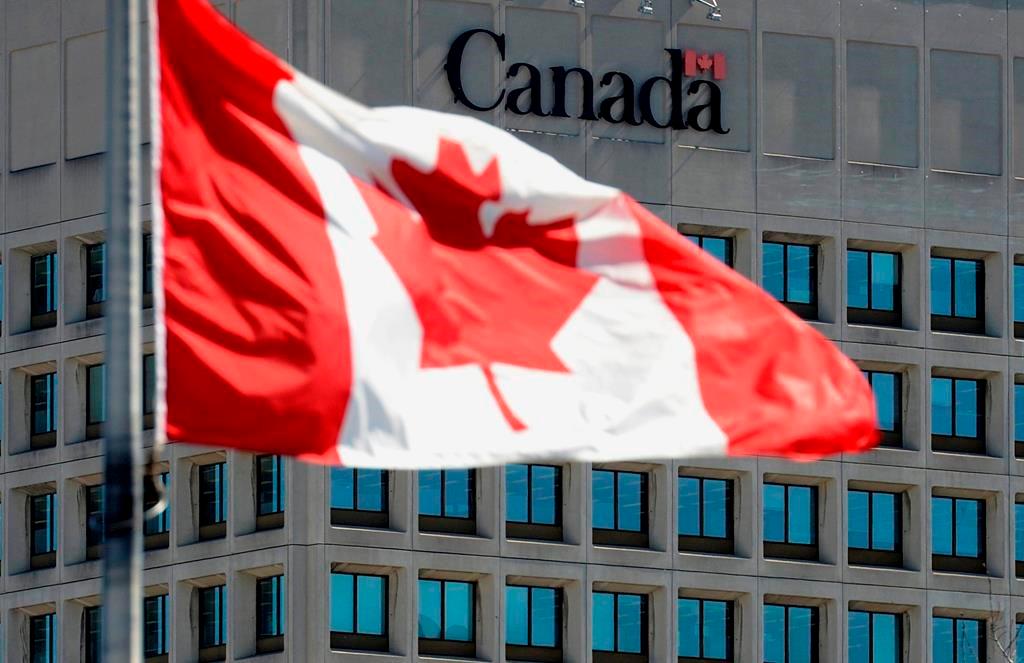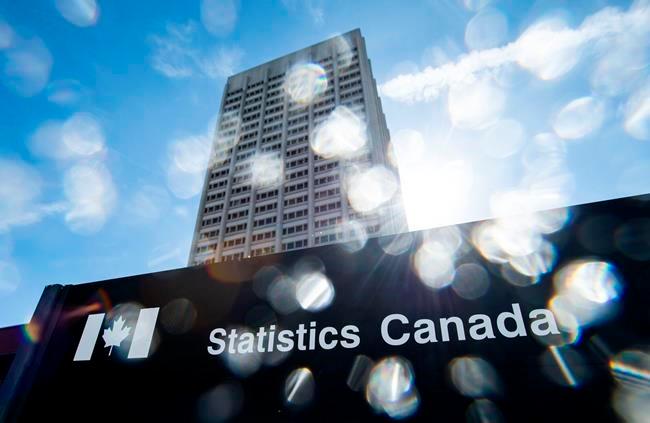Canada’s NATO commitment to spend 2 percent of its gross domestic product (GDP) on defence will leave the country in an increasingly “weak fiscal position,” according to a recent report.
Canada has been under pressure for some time to spend the minimum amount NATO member countries agreed to more than a decade ago.





